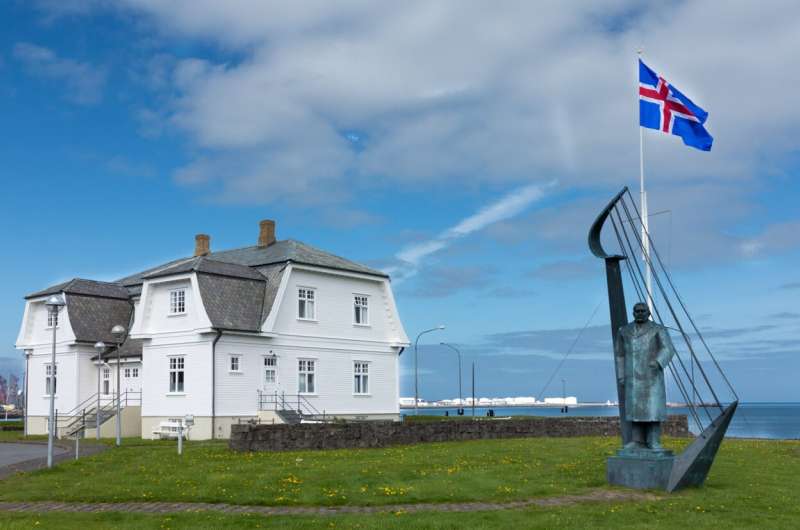Digital connectivity facilitates integration of migrants in Iceland

Migrants in Iceland having frequent contact with their countries of origin are also more involved in Icelandic online communities and consume more Icelandic media, according to a new study published by Nordicom at the University of Gothenburg. However, they are less integrated in terms of offline activities.
Information and communication technologies enable migrants to maintain close bonds with multiple communities, in a way that was not possible only ten years ago. In a new study, published in the scientific journal Nordicom Review, researchers examine the relationship between migrants' news- and social media consumption and the degree of attachment and engagement in the receiving country.
"This study is important because increasing use of social and other media have changed migration experiences. We show that migrants can be integrated in local online communities, even when they are less involved in terms of offline activities. This has implications for our understanding of how digital connectivity shapes migrants' experiences of integration in the receiving society," says Lara Hoffmann, Ph.D. candidate in Sociology at the University of Akureyri and one of the researchers behind the study.
Differences between online and offline integration in Icelandic society
In general, migrants are very satisfied with their lives in Iceland. The use of social media and media is not the explanation for how migrants experience life in Iceland, but an opportunity to enhance integration into Icelandic society. The findings show that on the one hand, migrants with frequent online contact with their country of origin were less likely to engage in social activities such as "inviting Icelanders to your home and being invited by Icelanders to their home" or "participation in clubs and activities." On the other hand, highly connected migrants were more connected to the receiving society through media and social media than migrants who consumed less online media. The connected migrants tend to participate more in online activities, be more integrated in digital communities, and use Icelandic media more frequently. They practice "digital biculturalism."
"This has implications for policy-making because it shows that digital communities are an important area of integration. They can thus be used to reach out to new inhabitants of foreign origin."
"Our findings indicate the importance of distinguishing between integration in offline and online communities to adequately reflect how migrants form communities and a sense of belonging in the digital age," says Hoffmann.
Women have more contact through social media
The study also identifies differences in media use with regards to gender. Women are in more frequent contact with their country of origin through social media but consume news and current affairs programs from their country of origin less frequently.
"The gender aspect can be explained by different preferences for media use or different types of migration, with men being more likely to move for work and women for family reasons," says Hoffmann.
The largest group of migrants in Iceland is from Poland, followed by those from Lithuania and the Philippines.
More information: Lara Hoffmann et al, Migration and community in an age of digital connectivity: A survey of media use and integration amongst migrants in Iceland, Nordicom Review (2022). DOI: 10.2478/nor-2022-0002
Provided by University of Gothenburg





















